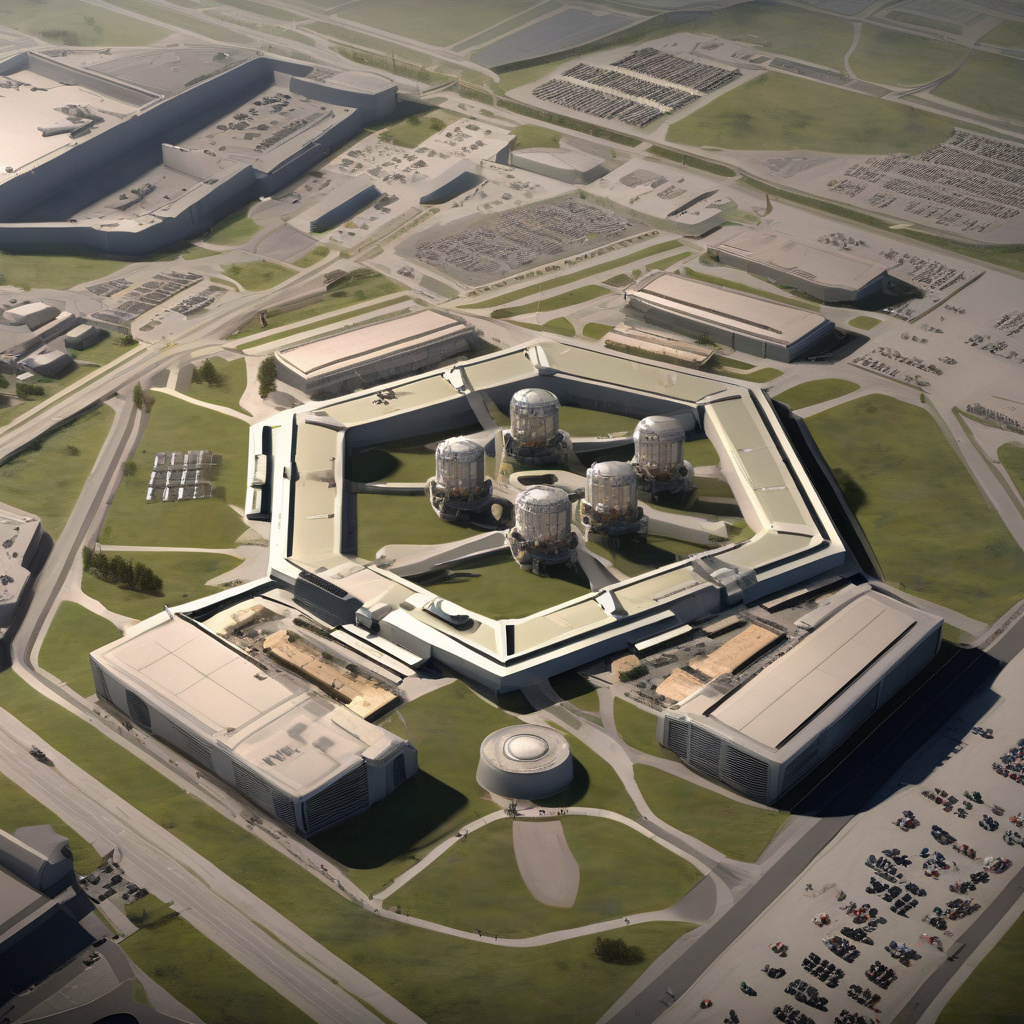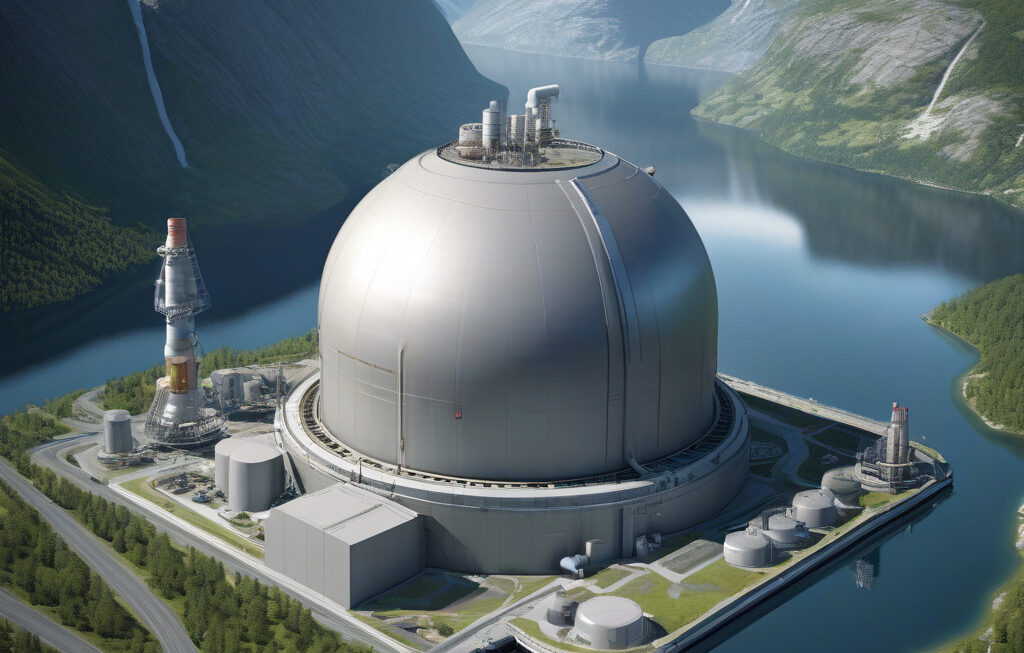Pentagon Backs X-Energy’s Mini Nuclear Reactor to Boost Military Energy Resilience
The US Department of Defense (DoD) and the Department of the Air Force have signed a landmark agreement with X-Energy, a leading nuclear energy company, to develop advanced nuclear reactor prototypes for military applications. This collaboration marks a significant step towards enhancing the energy resilience and security of the US military infrastructure.
The Pentagon’s decision to support X-Energy’s mini nuclear reactor technology underscores the growing recognition of the importance of reliable and sustainable energy sources for military operations. In an era where energy security is paramount, especially in remote or conflict-affected areas, the ability to deploy compact and efficient nuclear reactors can provide a strategic advantage to the US military.
X-Energy’s innovative approach to nuclear energy offers several key advantages that make it an attractive option for military use. The company’s high-temperature gas-cooled reactor (HTGR) technology is inherently safe, modular, and scalable, making it well-suited for a variety of military applications, including powering forward operating bases, radar installations, and communication networks.
One of the main benefits of X-Energy’s mini nuclear reactors is their ability to operate autonomously for long periods without refueling, reducing the need for frequent and risky supply missions in hostile environments. This extended operational capability enhances the military’s energy independence and reduces its logistical burden, allowing for more efficient and effective mission planning and execution.
Moreover, X-Energy’s HTGR technology offers a smaller footprint and lower environmental impact compared to traditional nuclear power plants, making it easier to deploy in a wider range of settings, including urban areas or sensitive ecological zones. The compact size and modular design of these reactors also enable rapid deployment and reconfiguration, providing the military with greater flexibility in responding to evolving energy needs and operational requirements.
By investing in X-Energy’s mini nuclear reactor technology, the Pentagon is not only bolstering the energy resilience of its installations but also fostering innovation and collaboration within the nuclear energy sector. This partnership between the military and a private industry leader highlights the potential for cross-sector cooperation to drive technological advancement and address critical national security challenges.
As the development of advanced nuclear reactors for military use progresses, the lessons learned and technological breakthroughs achieved are likely to have broader implications for the civilian energy sector as well. The innovations stemming from this collaboration could pave the way for new applications of nuclear energy, such as microgrids, desalination plants, and industrial processes, contributing to a more sustainable and secure energy future for the nation.
In conclusion, the Pentagon’s backing of X-Energy’s mini nuclear reactor technology represents a significant milestone in the quest to enhance military energy resilience and security. By harnessing the potential of advanced nuclear reactors, the US military is not only strengthening its operational capabilities but also driving innovation and collaboration in the energy sector. As these efforts unfold, the promise of a more secure, sustainable, and resilient energy infrastructure comes into sharper focus, benefiting both the military and society at large.
energy resilience, military technology, nuclear innovation, X-Energy, national security












